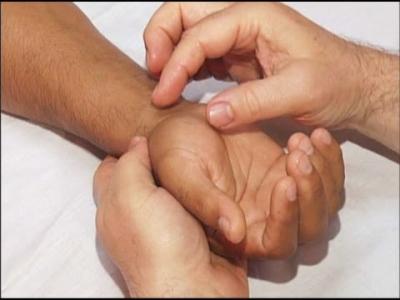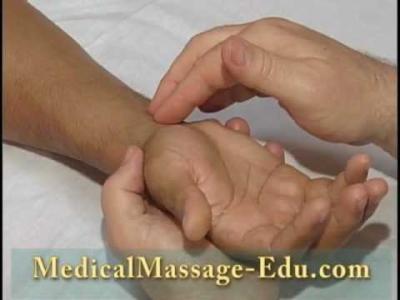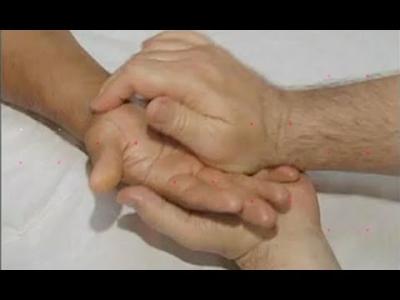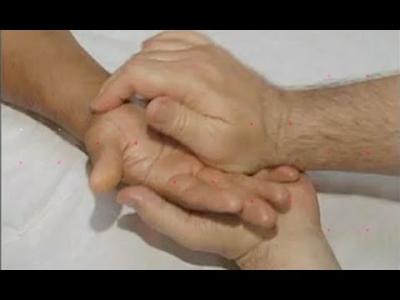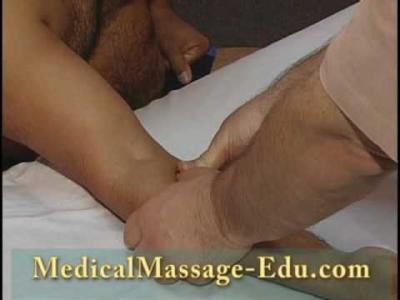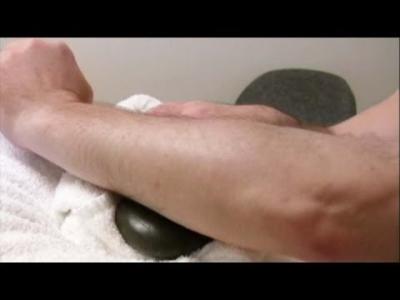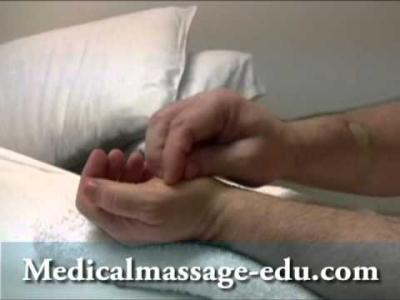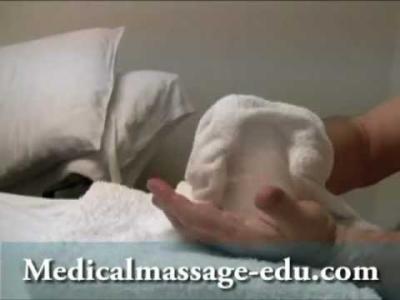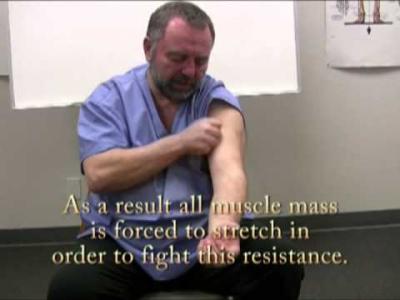Prevention and management of Carpal Tunnel Syndrome
Carpal tunnel syndrome occurs as a result of compression of the median nerve. The median nerve runs from your forearm through a passageway in your wrist (carpal tunnel) to your hand. It provides sensation to the palm side of your thumb and fingers, with the exception of your little finger. It also provides nerve signals to move the muscles around the base of your thumb (motor function).
In general, anything that irritates or compresses the median nerve in the carpal tunnel space can lead to carpal tunnel syndrome. For example, a wrist fracture can narrow the carpal tunnel and irritate the nerve, as can the swelling and inflammation resulting from rheumatoid arthritis.
In many cases, no single cause can be identified. It may be that a combination of risk factors contributes to the development of the condition.
The international debate regarding the relationship between CTS and repetitive motion in work is ongoing. The Occupational Safety and Health Administration (OSHA) has adopted rules and regulations regarding cumulative trauma disorders. Occupational risk factors of repetitive tasks, force, posture, and vibration have been cited. However, the American Society for Surgery of the Hand (ASSH) has issued a statement claiming that the current literature does not support a causal relationship between specific work activities and the development of diseases such as CTS.
The relationship between work and CTS is controversial; in many locations, workers diagnosed with carpal tunnel syndrome are entitled to time off and compensation. Some speculate that carpal tunnel syndrome is provoked by repetitive movement and manipulating activities and that the exposure can be cumulative. It has also been stated that symptoms are commonly exacerbated by forceful and repetitive use of the hand and wrists in industrial occupations, but it is unclear as to whether this refers to pain (which may not be due to carpal tunnel syndrome) or the more typical numbness symptoms.
A review of available scientific data by the National Institute for Occupational Safety and Health (NIOSH) indicated that job tasks that involve highly repetitive manual acts or specific wrist postures were associated with incidents of CTS, but causation was not established, and the distinction from work-related arm pains that are not carpal tunnel syndrome was not clear. It has been proposed that repetitive use of the arm can affect the biomechanics of the upper limb or cause damage to tissues. It has also been proposed that postural and spinal assessment along with ergonomic assessments should be included in the overall determination of the condition.
The speculation or rationale that CTS is work-related is based on debatable points such as: CTS is found mostly in the working adult population. This may depend on how CTS is defined and diagnosed, but this seems untrue. For instance, in one recent representative series of a consecutive experience, most patients were older and not working. Based on the claimed increased incidence in the workplace, arm use is implicated, but the weight of evidence suggests that this is an inherent, genetic, slowly but inevitably progressive idiopathic peripheral mononeuropathy.
In this video series, Boris proposes many preventive efforts targeting all causes mentioned in this description. He also proposes techniques that will work as a preventive measures as well as self treatment regardless of what lead to median nerve pains and inflammation.
